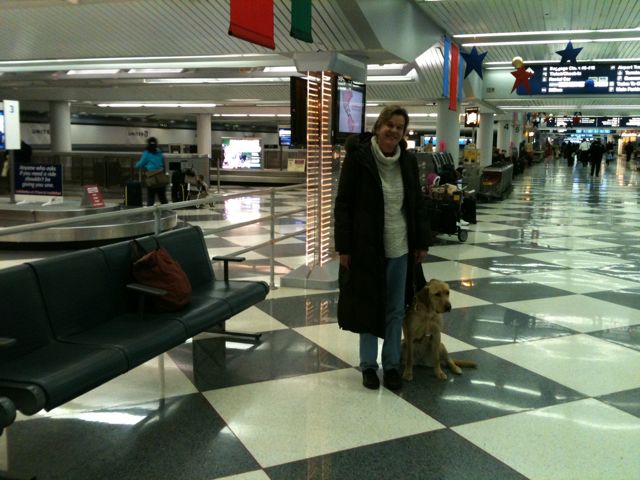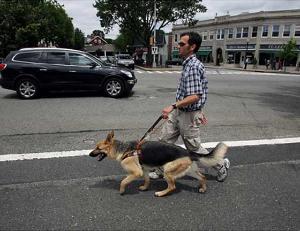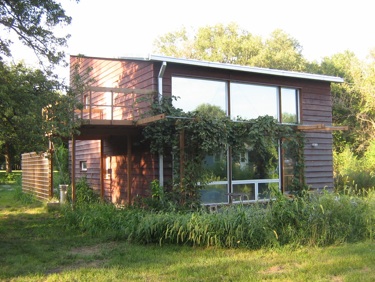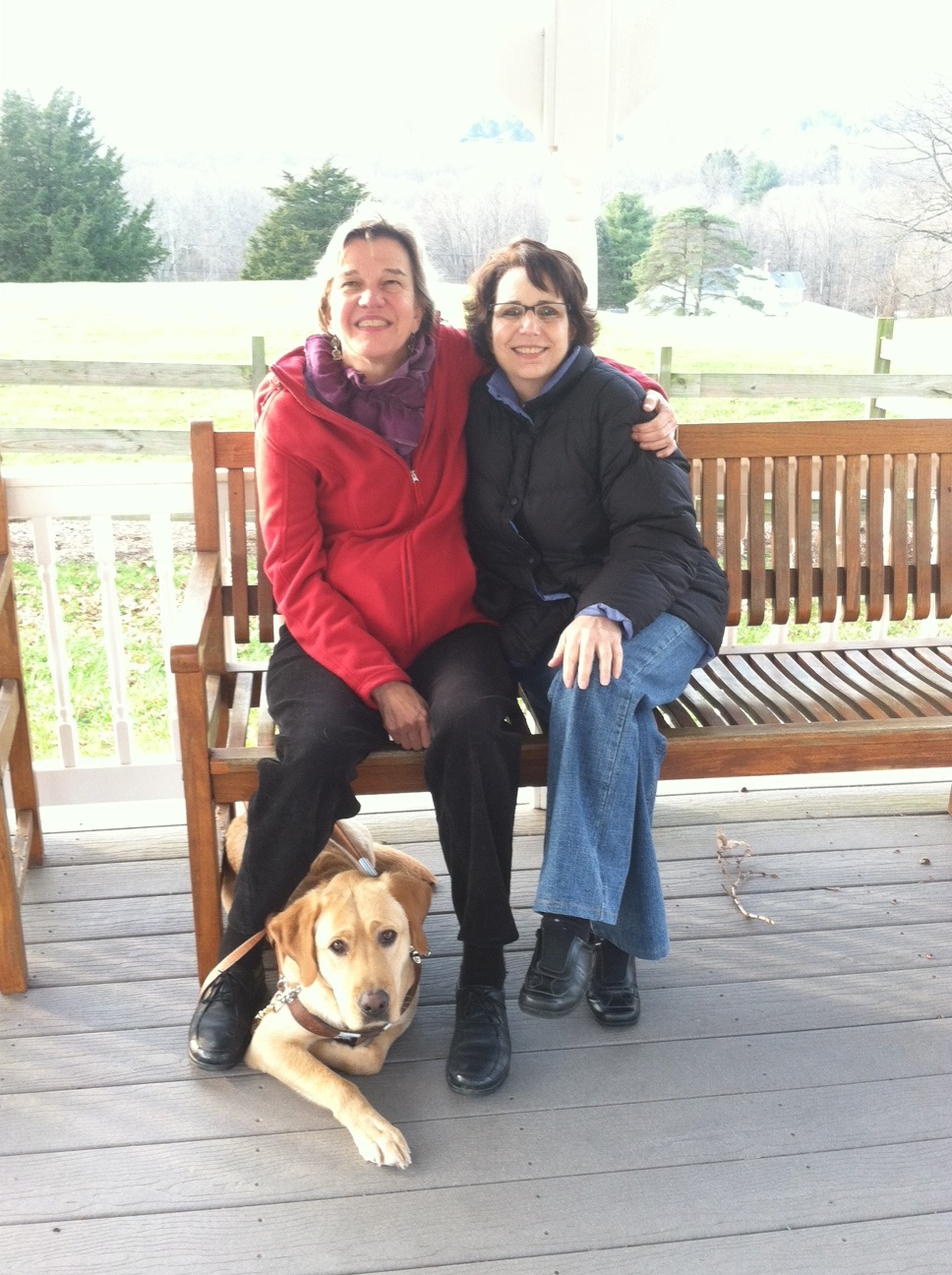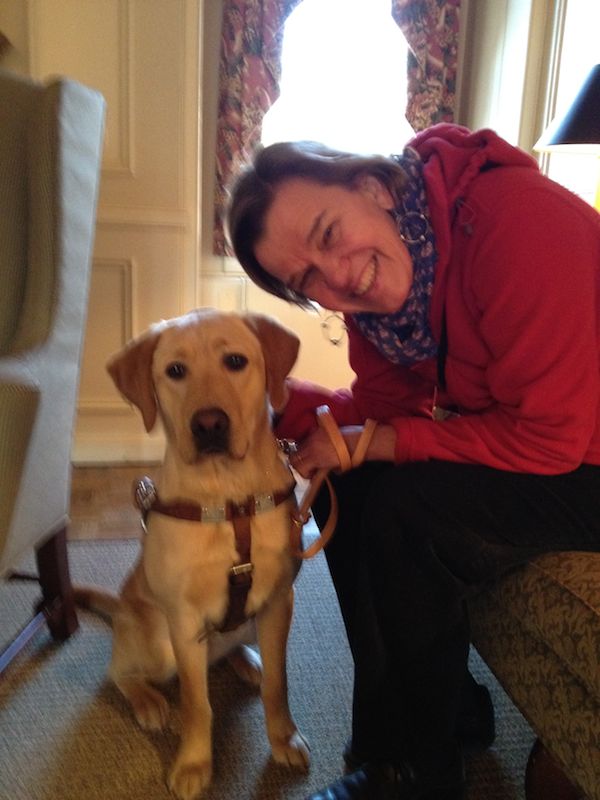Membership has its privileges
December 16, 2011 • 21 Comments • Posted in baseball, Beth Finke, guide dogs, Mike Knezovich, Seeing Eye dogs, travel, UncategorizedHi all–this will be my last post for awhile. After retrieving Beth and Whit at O’Hare, Beth’s back on blog duty.
The trip to O’Hare was relatively painless. I parked as near as possible, then headed to ticketing to see if I passed muster for a gate pass that would allow me through security to meet Beth and her partner at her gate. As long as Beth has indicated in advance that she is blind and needs assistance, they will allow it — but man, did I get the once over, the twice over, and the thrice over.
Next stop? Security. I did the scramble: Off with the shoes, off with the jacket, out with the phone, into plastic trays. Then I took my place in front of the scanners. To my left was the old-style magnetometer. To my right, the new body scan thing. Mostly, people go through the body scan thing, but exceptions are made.
As I took my place as next-in-line to be scanned, a burly, moustached square-shouldered security guy with a classic Chicago accent said, “Sir, I really like your shirt.”
I looked down: I’d forgotten that I’d pulled on my waffle White Sox shirt that morning — it’s nice and warm, not to mention a Sox shirt. I looked backed up and grinned.
“I gotta’ put up with these Northsiders all day,” he said, motioning to his co-workers behind him. He pointed to the old-style magnetometer thingie and said, “You sir, you go through this one!” Ah, the perks of being a White Sox fan.
Got to the gate, in the “C” concourse — O’Hare vets know that’s the one that pulls you through the underground star-chamber light show passageway. Made it just in time to see Whitney lead Beth out of the jetway and into the concourse.
I’d say it was like Beth had never left, because on one hand, seeing her come off the plane with a dog is old-hat. But this time, it really seemed like a long, long time since Thanksgiving weekend when Beth departed. Maybe because it’d only been a year since we both did the drill, and I’m a year older, and we’ve been together one whole more year.
Beth and I have been together 27 years. We’re not the same people we always were, and we don’t do or say the same things we did when we were in our twenties. But for better or worse, as the saying goes, we have grown together in ways that I’m not even conscious of day-to-day — until we’re separated for long periods like we were the last few weeks. From the mundane trips to Costco to the daily debriefings about one-another’s day, to bouncing problems off each other for a take you know you can trust. I’m not sure how or when it happened, but it did, and I’m grateful to have someone, a witness and a partner. And I’m especially happy it’s Beth.
And that she brings home these great dogs. Can’t play with Whitney just yet, not until she and Beth are settled in and the bond is cemented. But I’ve witnessed Whit playing and she’s great at catching Kong toys in the air. And bringing them back. And repeating. And more important, she’s doing great out on the street.
Won’t be long now.
Thanks for reading.
